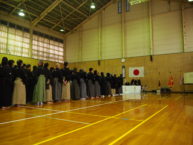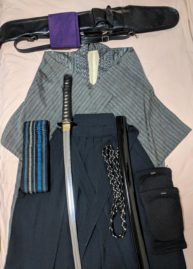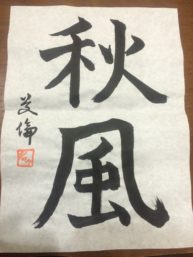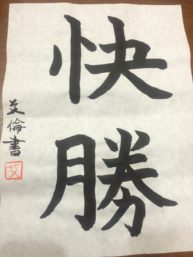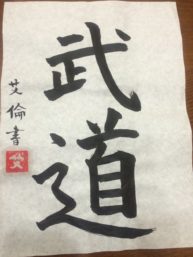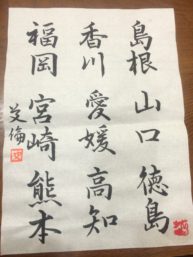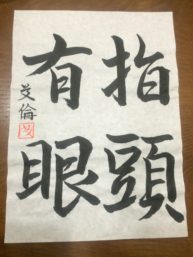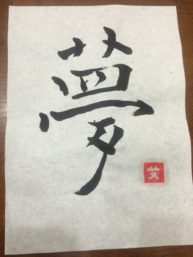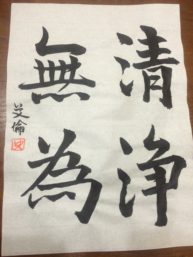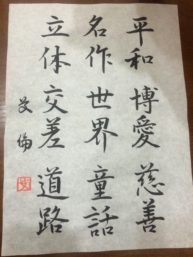When I came to Japan, I wanted to get involved in Japanese life in a way that felt natural for me. I am involved in a Christian organization on the Cornell campus, and I was hoping to get involved in one on the Doshisha campus. I found out about KGK イエス会through a teacher and some friends, and I decided to attend their Monday afternoon Bible study. Since majority of the members are Japanese students, we read and discuss the Bible in Japanese. We have been reading through the book of Revelation each week. As one of the more complicated books in the Bible, it has been difficult to understand in a language that is not my mother tongue. However, I have been able to learn a lot from reading both the English translation and the Japanese translation. It has been a great experience for me in terms of improving my Japanese vocabulary knowledge, learning about Japanese culture, and learning more about the Bible.
When it came to the discussions, I noticed how they differed from ones I was used to in America. In America, I was accustomed to loud discussions where people are quick to speak their opinion. While it is important to express one’s opinion, I really appreciated how all of the Japanese students would take the time to try to understand everyone’s opinions before expressing their own. It is a style of discussion that I would like to take home to America with me because it makes people unafraid to share their feelings and opinions.
After living in Japan for a while, I have come to realize how Christian community looks different in Japan compared to what it looks like in America. Since Japan has such a small population of Christians, I found it to be a little more difficult to find a Christian community here. America has many places for people to find community, so people sometimes switch from group to group or place to place. In Japan, however, there are not too many places to find the community they want, but since it is difficult to find, people treasure it when they do find it. They create a small support system for the people in their community and act as an open space for anyone to join. Since everyone knows each other for the most part, they are able to get to know each other better and offer support easily. I really appreciated feeling a part of their community immediately by getting to have conversations with each person individually. The students in the Bible study have all been extremely welcoming to everyone.
It has been interesting to learn about what Christianity in Japan and America looks like from the other students’ perspectives. We have been able to discuss differences in culture and the way Christianity can be framed within them. For example, although people in Japan and America identify as Christian, values differ from person to person in both countries. Another example is the culture surrounding religion and the perception of American mega churches from Japanese people. Although many of our discussions revolved around serious topics, we have had a lot of fun just getting together and reading the Bible. Besides weekly Bible studies, they hold occasional events, such as takoyaki parties, where everyone just spends time together to get to know one another. Being a part of this group has obviously been a great way for me to learn more about Japan and the Bible, but it has also been a great way for me to make friends. It has allowed me to get more involved on the Doshisha campus and feel more at home in Japan.

